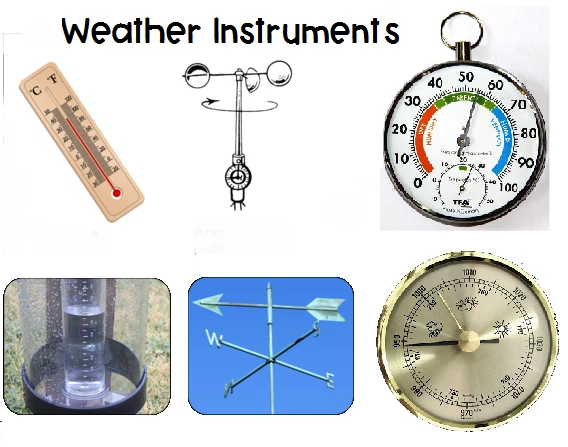The Instruments of the Weather

# The Instruments of the Weather
## Understanding Weather Instruments
Weather plays a crucial role in our daily lives, influencing everything from our clothing choices to agricultural productivity. To accurately predict and monitor weather conditions, scientists and meteorologists rely on a variety of specialized instruments. These tools help measure different atmospheric parameters, providing valuable data for weather forecasting and climate studies.
## Essential Weather Measuring Devices
### Thermometers: Measuring Temperature
The most fundamental weather instrument is the thermometer, which measures air temperature. Modern thermometers come in various types:
– Liquid-in-glass thermometers
– Bimetallic strip thermometers
– Digital thermometers
– Infrared thermometers
### Barometers: Tracking Atmospheric Pressure
Barometers measure atmospheric pressure, which is crucial for predicting weather changes. There are two main types:
1. Mercury barometers
2. Aneroid barometers
Changes in atmospheric pressure often indicate approaching storms or fair weather conditions.
### Anemometers: Gauging Wind Speed
Anemometers measure wind speed and sometimes wind direction. Common types include:
– Cup anemometers
– Vane anemometers
– Hot-wire anemometers
– Ultrasonic anemometers
### Hygrometers: Measuring Humidity
Hygrometers determine the amount of moisture in the air. They come in several varieties:
– Psychrometers (wet-and-dry bulb hygrometers)
– Hair tension hygrometers
– Electronic hygrometers
– Dew point hygrometers
## Advanced Weather Monitoring Equipment
### Rain Gauges
These instruments measure precipitation amounts. Types include:
– Standard rain gauges
– Tipping bucket rain gauges
– Weighing rain gauges
### Weather Balloons and Radiosondes
Weather balloons carry instrument packages called radiosondes high into the atmosphere to collect data on temperature, humidity, pressure, and wind at various altitudes.
### Weather Satellites
Modern meteorology heavily relies on weather satellites that provide:
– Cloud cover images
– Temperature profiles
– Storm tracking
– Global weather patterns
### Weather Radar Systems
Radar systems detect precipitation, its motion, and intensity. Doppler radar can also detect wind patterns and rotation in storms, helping predict severe weather events.
## The Importance of Weather Instruments
These instruments collectively form a comprehensive weather monitoring network that:
– Improves weather forecasting accuracy
– Helps predict severe weather events
– Assists in climate change research
– Supports agricultural planning
– Enhances aviation safety
As technology advances, weather instruments continue to become more precise and sophisticated, providing increasingly detailed information about our atmosphere and helping us better understand Earth’s complex weather systems.
Keyword: instruments of the weather